Transforming Manila: Building a Sustainable City for the Future
Manila, a city of vibrant culture and history, faces ongoing challenges in becoming a more livable urban space. By addressing critical issues like traffic congestion, pollution, and infrastructure, the city can create a brighter and more sustainable future for its residents.
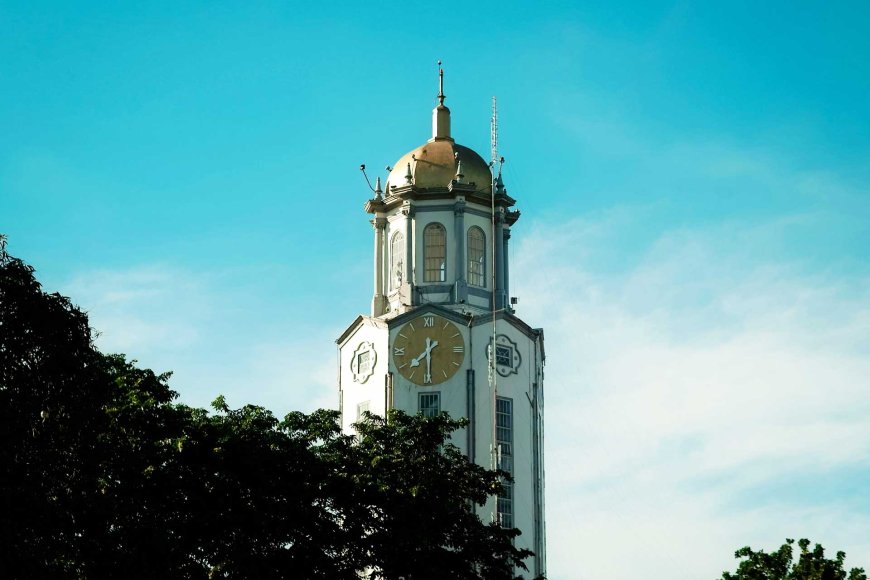
A Path to a More Inclusive and Sustainable City
Manila, the capital of the Philippines, is a city of contrasts. It blends a rich, colorful history with rapid urbanization, offering both modern amenities and long-standing traditions. In recent years, the city has made strides in improving its global livability score, rising from 58.7 in 2022 to a score in the 60-70 range in 2024, according to the Economic Intelligence Unit (EIU) Livability Index. However, while this upward trend is encouraging, much work remains to be done if Manila is to offer a higher quality of life for its residents. The city faces significant challenges in several key areas, from transportation to pollution, that must be addressed to move up in the rankings and become a more livable, inclusive, and sustainable city.
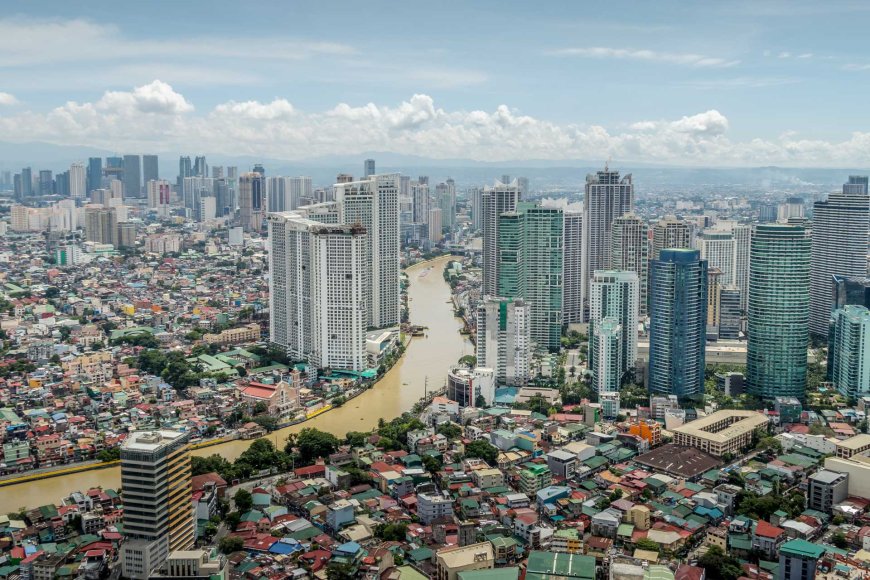
The EIU Livability Index: An Overview
The EIU Livability Index assesses cities based on 30 indicators, divided into five categories: stability, health care, culture and environment, education, and infrastructure. These indicators are rated as acceptable, tolerable, uncomfortable, undesirable, or intolerable. For Manila, the 2024 score signals that, while day-to-day living is still impacted by negative factors, the situation is better than in previous years when livability was considered substantially constrained.
Manila’s improved score highlights progress, yet the city still struggles with significant issues. Traffic congestion, pollution, inadequate infrastructure, and safety concerns all weigh heavily on the city’s livability. By addressing these concerns strategically, Manila could continue to climb the rankings, reaching a tier where day-to-day life is generally fine, though certain aspects still present problems.
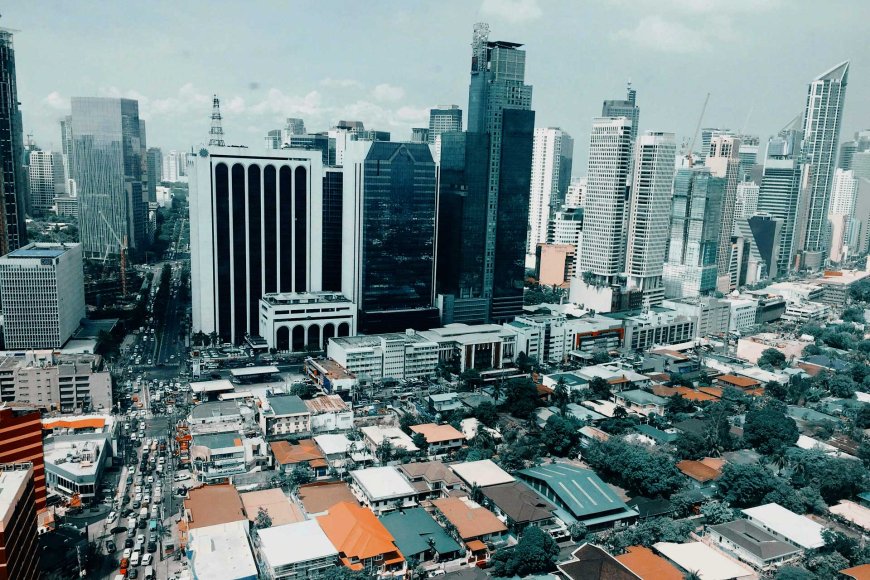
Traffic Congestion and Public Transportation: The Need for Sustainable Solutions
One of the most visible challenges Manila faces is traffic congestion. The city’s road network is often overwhelmed by the sheer volume of vehicles, leading to daily gridlocks that can stretch for hours. In fact, Manila consistently ranks among the cities with the worst traffic congestion globally. The existing public transportation system, consisting mainly of jeepneys, buses, and a limited railway network, is outdated and unable to meet the growing demand.
Commuters face long waits, overcrowded vehicles, and unreliable service, making daily commutes stressful and time-consuming. To improve Manila’s livability, city officials must invest in a more efficient, reliable, and sustainable public transportation system. Expanding the railway network, introducing eco-friendly buses, and promoting bicycle use and pedestrian-friendly infrastructure could significantly ease traffic congestion while reducing pollution.
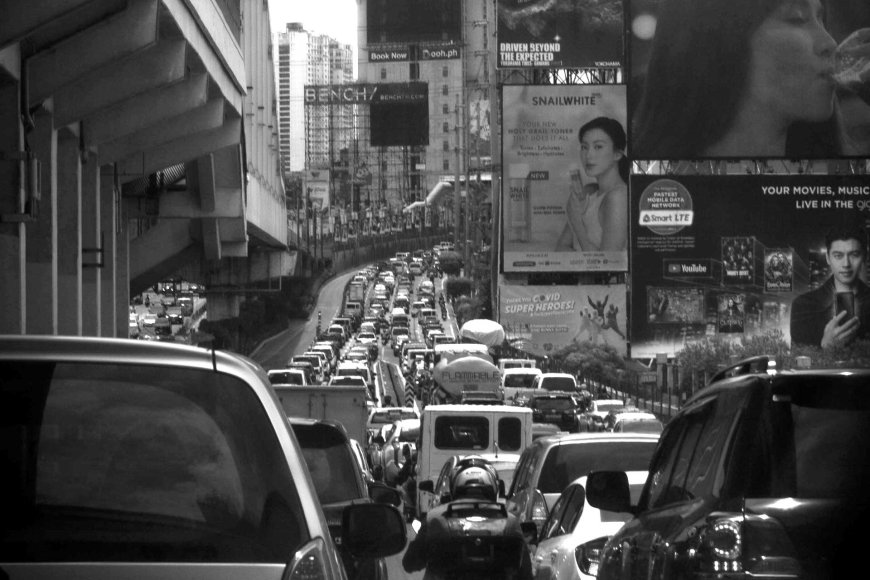
Pollution and Environmental Hazards: Addressing a Growing Crisis
Manila’s pollution problem is another major hurdle to improving livability. The city’s air quality often falls below the standards set by the World Health Organization, largely due to vehicle emissions, industrial activities, and insufficient regulations. Air pollution poses severe health risks to residents, particularly those with pre-existing conditions like asthma or respiratory illnesses.
Additionally, waste management is a persistent issue. Uncollected garbage clogs drainage systems, contributing to frequent flooding during the rainy season. These environmental hazards exacerbate the city's vulnerability to natural disasters and climate change.
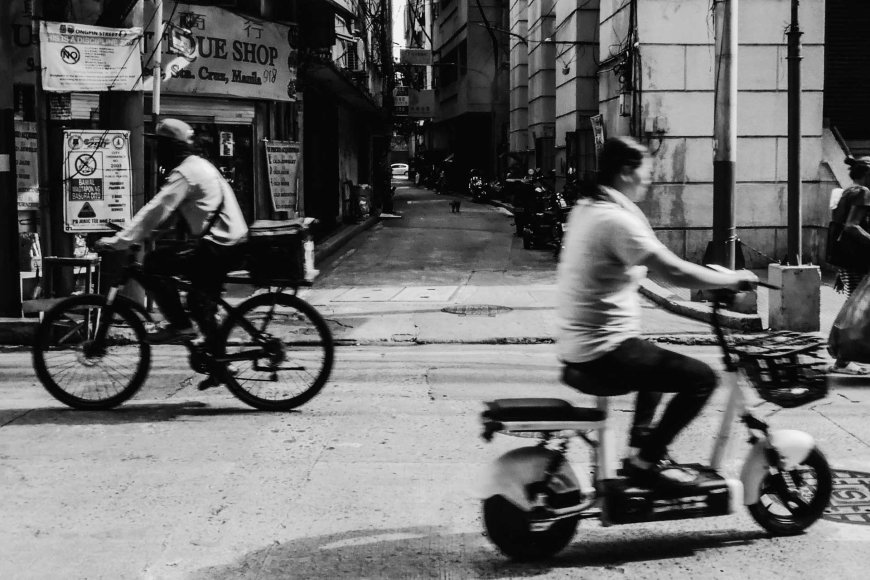
To combat pollution, stricter environmental regulations must be enforced. Cleaner fuels should be promoted, industrial emissions regulated, and green spaces expanded. Better waste management systems, combined with public education on waste reduction, are also crucial to mitigate flooding and environmental degradation.
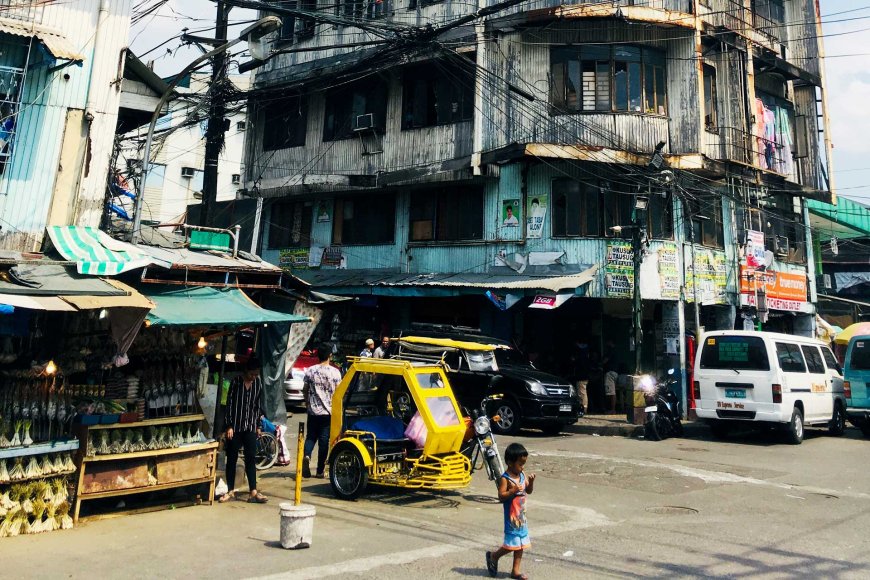
Infrastructure: The Backbone of Urban Livability
Manila’s infrastructure, though improving, remains inadequate to meet the demands of its growing population. Aging road networks, frequent power outages, and poor water and sanitation services are common issues. Additionally, many parts of the city suffer from poorly planned residential developments, leading to informal settlements where access to basic utilities is limited.
The lack of affordable housing forces many residents into substandard living conditions. Manila’s infrastructure requires urgent upgrades to handle the rapid pace of urbanization. A more strategic urban plan that prioritizes affordable housing, modernizes basic utilities, and increases public parks and green spaces will improve livability for residents and create a more inclusive city. Investment in resilient infrastructure is also necessary to address the city’s vulnerability to natural disasters like flooding, which frequently disrupt daily life.
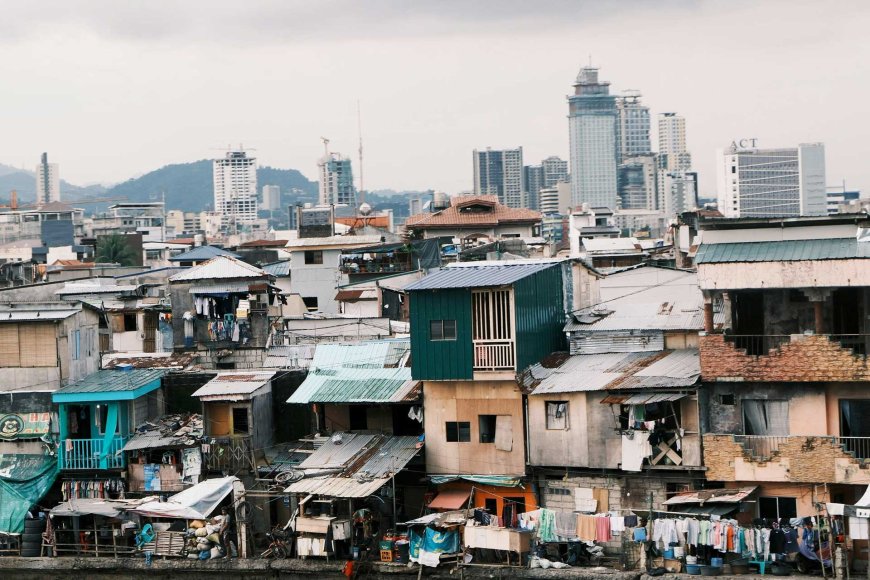
Safety and Security: Building a More Secure and Inclusive City
Crime remains a concern in Manila, impacting both residents and visitors. Petty theft, burglary, and drug-related violence contribute to a sense of insecurity. Social inequality is another factor, with a significant portion of the population living in poverty. Addressing these issues is critical to improving the city’s livability.
Efforts to reduce crime should focus on community policing, crime prevention programs, and social inclusion initiatives. Reducing poverty through job creation, education, and affordable housing can improve social cohesion and foster a safer, more secure city. Empowering communities and providing equal opportunities for personal and professional growth will not only reduce crime but also promote a more equitable and inclusive society.
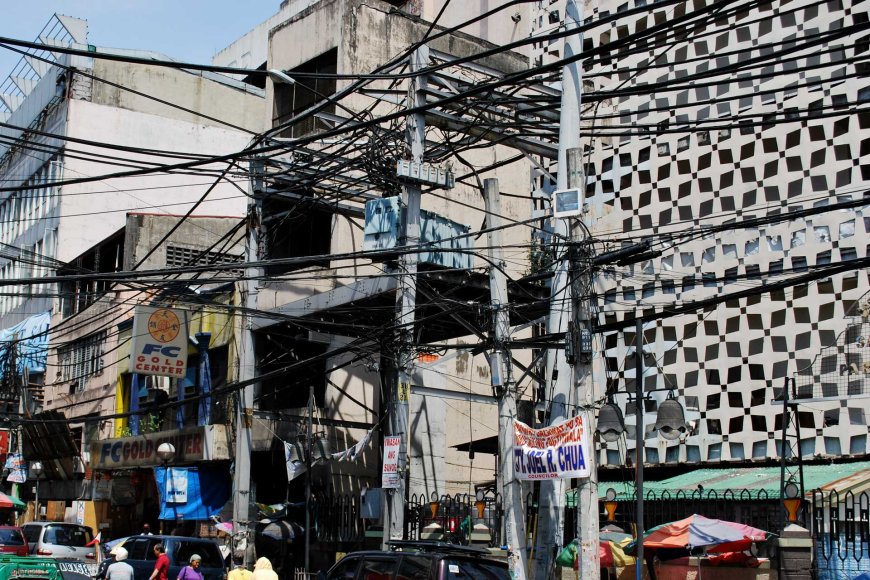
Moving Towards a More Livable Future for Manila
While Manila has made progress in improving its livability score, achieving the higher tier of the EIU Livability Index remains a challenging but worthwhile goal. Focusing on areas such as transportation, pollution, infrastructure, and safety can significantly improve the quality of life for the city’s residents.
Investing in a more efficient public transportation system, enforcing environmental regulations, upgrading infrastructure, and addressing social inequality through poverty reduction programs will move the city closer to becoming a more livable, inclusive, and sustainable place. Ultimately, the goal is not just to compete with other cities globally but to ensure that all residents can enjoy a higher quality of life and contribute to the overall well-being of the community.
Find Cheap Flight Tickets to any Destinations in Japan and the Philippines
Nipino.com is committed to providing you with accurate and genuine content. Let us know your opinion by clicking HERE.






























































